
1872 - 1918 |
 |
Courtesy of Giovanni Giorgetti, 1-29-06 |
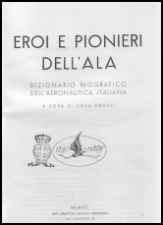 |
EROI E PIONIERI DELL'ALA Dizionario Biografico dell'Aeronautica Italiana "Biographical dictionary of the Italian Air Force" by Enea Grossi Product Details Cloth: 122 pages; Publisher; Milano Arti Grafiche Fratelli Magnani - 1934 |
|
PIONIERI DELL'AVIAZIONE ITALIANA
ITALIAN PIONEERS OF AVIATION
Mario Cobianchi Photo & text courtesy of Giovanni Giorgetti, 10-10-04
1872-1918 Selection courtesy of Giovanni Giorgetti, 1-29-05 Capitano di Fregata, conseguì il brevetto di pilota su apparecchio Farman a Mourmelon (Francia) il 4 luglio 1910. Brevetto numero 5. Pilota anche d'idrovolante. Nel 1913 era all'idroscalo di Venezia alla Scuola italiana di piloti d'idrovolanti con un Curtiss. Le navi della marina militare "San Marco" e "Roma" furono destinate a servire come navi appoggio per esperimenti d'aviazione in mare. Fu il primo Capo del Servizio aviatorio della R. Marina. Morì il 16 novembre 1918 per l'affondamento della R. N. "Cesare Rossarol". La nave, a guerra ormai finita, urtò contro una mina, l'esplosione spezzò lo scafo in due tronconi. Solo pochi uomini dell'equipaggio sopravvissero. Decorato di medaglia d'argento al valore militare, insignito della Croce di Cavaliere della Corona d'Italia. Pioniere dell'Aeronautica Italiana. He was also a seaplane pilot. In 1913 he was at the seaplane basin of Venice at the Italian School of pilots of seaplanes with a Curtiss. The ships of the navy "San Marco" and "Roma" were destined to serve as ships support for some experiments of aviation in the sea. He was the first Head of the Air Service of the Italian Royal Navy. He died in November 16, 1918 in the sinking of the R. N. "Cesar Rossarol". The ship hit against a mine, the explosion broke the hull into two pieces. Only few of the crew survived. The the war had ended shortly earlier. The citation of the posthumously awarded silver medal for bravery for Lt. Ludovico De Filippi reads as follows: "Captain of the R. N. Cesare Rossarol showed an attractive serenity of spirit to encourage his crew while she was sinking. He was a wonderful example of sublime sacrifice, when he gave his lifebelt to a sailor who wasn't able to swim and in this generous action he lost the life." He was a pioneer of the Italian Aviation. Dal Libro "EROI E PIONIERI DELL'ALA" Dizionario Biografico dell'Aeronautica Italiana; di Enea Grossi; Milano Arti Grafiche Fratelli Magnani - 1934 Translation courtesy of Giovanni Giorgetti, 2-8-06 |
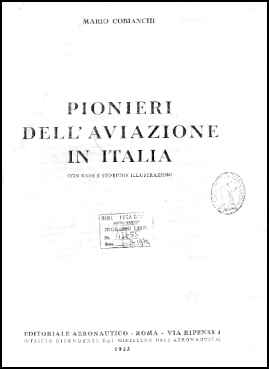 |
PIONIERI DELL' AVIAZIONE IN ITALIA CON RARE E STORICHE ILLUSTRAZIONI by Mario Cobianchi Product Details Cloth: 122 pages; Publisher: Editoriale Aeronautico - Roma - Via Ripense 1 (Ufficio Dipendente dal Ministero dell' Aeronautico 1943 |
|
Poco tempo dopo si trovavano a Venezia tre apparecchi idro "Paulhan-Curtiss" e due "Borel" con i nuovi piloti De Filippi, Roberti e Garassini. Veniva così istituita la prima Scuola italiana di piloti di idro che dava, senza la necessità di ricorrere all'estero, ottimi risultati. La direzione della Scuola di Venezia veniva affidata al ten. di vasc. Ginocchio ed il capitano Guidoni era istruttore in seconda. I primi allievi furono: il ten. di vascello Viotti Djalma, Guido Cavalieri, Bruno Brivonesi, il tenente macchinista Francesco Grütter ed il capo timoniere Enrico Mendoza. Le prime lezioni di pilotaggio d'idrovolante nella Scuola di Venezia incominciarono il l° febbraio del 1913. I piloti De Filippi, su "Curtiss", Roberti e Garassini, su "Borel" prendevano imbarco sulle R. Navi "San Marco" e "Roma", destinate a servire come navi appoggio, per esperimenti di aviazione in mare aperto. È vanto dell'Italia di aver iniziato, prima nel mondo, un vero servizio organico di idrovolanti. |
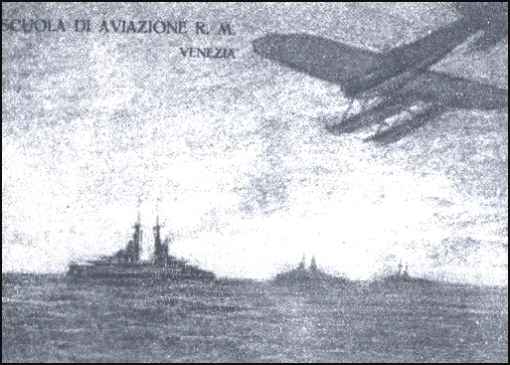 |
Courtesy of Giovanni Giorgetti, 1-29-06 |
|
Shortly thereafter, three seaplanes, a "Paulhan-Curtiss" and two "Borels", along with three new pilots, De Filippi, Roberti and Garassini, were active in Venice. |
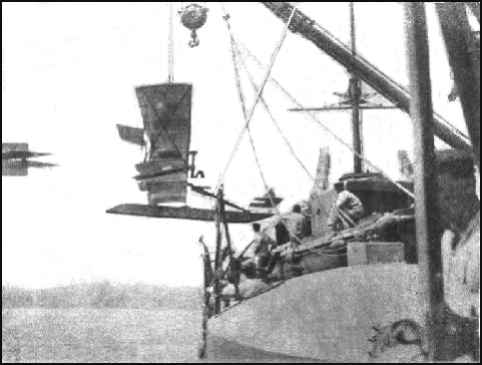 |
Courtesy of Giovanni Giorgetti, 1-29-06 |
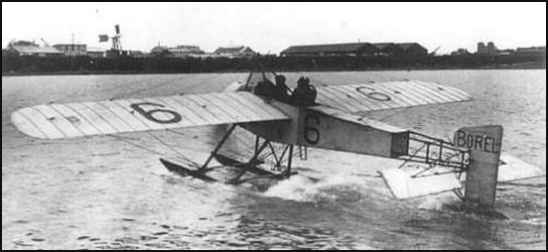 |
Courtesy of Giovanni Giorgetti, 1-29-06 |
|
The first Italian School for seaplane pilots was therefore established with excellent results, all without
the necessity of resorting to help from a foreign country. The direction of the Venice School was entrusted to Lieutenant Ginocchio and Captain Burgees was the second instructor. The first students were: Lieutenants Viotti Djalma, Guido Cavalieri, Bruno Brivonesi, the engineer Lieutenant Francisco Grütter and the head helmsman Enrico Mendoza. The first seaplane flying lessons at the Venice School began on February 1, 1913. |
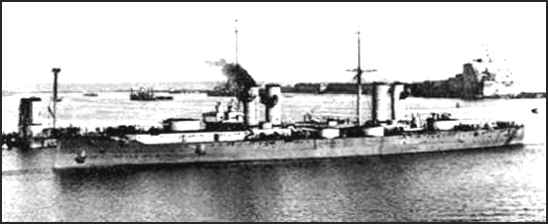 |
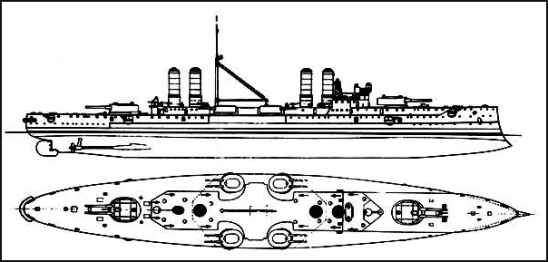 |
Courtesy of Giovanni Giorgetti, 1-29-06 |
|
The pilots De Filippi, on the "Curtiss" and Roberti and Garassini, on the "Borels," were assigned to
the R. Ships "San Marco" and "Roma", which were destined to provide support for aviation trials in open sea. It is to Italy's credit that it initiated a highly effective seaplane service before any others in the entire world. |
|
"He died in November 16, 1918 in the sinking of the R. N. "Cesar Rossarol". The ship hit against a mine, the outbreak broke the hull in two stumps. Only few men of the crew survived. The the war was ended shortly before." Dal Libro "EROI E PIONIERI DELL'ALA" Dizionario Biografico dell'Aeronautica Italiana |


|